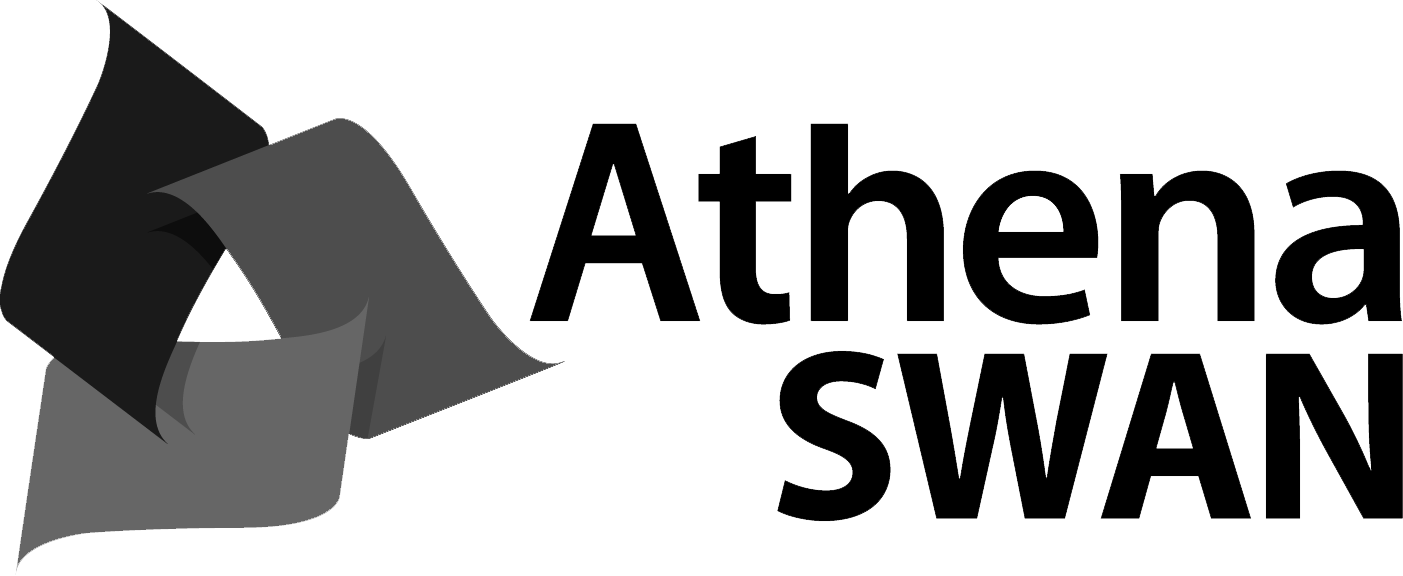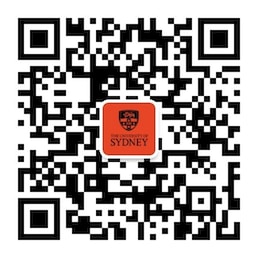This unit explores the diversity of Indigenous art practice and its inclusion within the fields of contemporary art. Through in-death visual analysis of individual artists and art producing communities, the unit will consider distinct Indigenous art practices and relate them to issues of cultural and political sovereignty, colonisation, land rights and representation. Problematising the historical and contemporary reception of Indigenous art, we aim to understand the Indigenous systems of value that shape the creation and circulation of Indigenous art.
Unit details and rules
| Academic unit | Art History |
|---|---|
| Credit points | 6 |
| Prerequisites
?
|
12 credit points at 2000 level in Art History or 12 credit points at 2000 level in Indigenous Studies or 12 credit points at 2000 level in Critical Studies |
| Corequisites
?
|
None |
|
Prohibitions
?
|
ARHT2636 |
| Assumed knowledge
?
|
None |
| Available to study abroad and exchange students | Yes |
Teaching staff
| Coordinator | Stephen Gilchrist, stephen.gilchrist@sydney.edu.au |
|---|---|
| Lecturer(s) | Stephen Gilchrist, stephen.gilchrist@sydney.edu.au |





